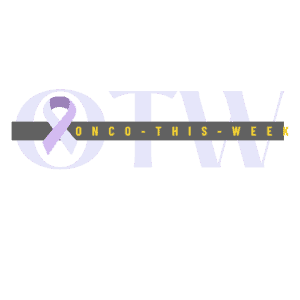Enrollment of 68 patients completed in Ph 2 study for eseba-vec + pembrolizumab in HPV+ HNSCC four months ahead of schedule

“HOOKIPA made excellent progress across each program in our pipeline in the third quarter,” said Malte Peters, MD, Chief Executive Officer of HOOKIPA. “We advanced the development of eseba-vec for HPV16+ head and neck squamous cell carcinoma (HNSCC), through the start of an investigator-initiated study in the new clinical setting of adjuvant care, and presented continued positive, updated data from our Phase 2 study in first-line recurrent/metastatic disease as a late breaking abstract at SITC 2024. In parallel, we have made significant progress with our review of the business strategy and operations, having implemented a number of initiatives to optimize spending and ensure prioritization of resources.”
Share:
More News
PharmaMar has submitted a Marketing Authorization Application to the European Medicines Agency for Zepzelca® (lurbinectedin) in combination with atezolizumab (Tecentriq®) for the maintenance treatment of adult patients with extensive-stage small cell lung cancer, whose disease has not progressed after first-line induction therapy with atezolizumab, carboplatin and etoposide. The MAA submission
“At SR One, our mission is to invest in companies that we believe have the ability to innovate and advance transformational new therapies in areas of high unmet medical need,” said Simeon George, M.D., Chief Executive Officer and Managing Partner at SR One. “Fore Bio is focused on resetting the
The study demonstrated a statistically significant and clinically meaningful improvement in the primary endpoint of TACE-progression-free survival (TACE PFS*), and the other primary endpoint of overall survival (OS) is immature at the prespecified first interim analysis. Meanwhile, a clinically meaningful PFS by RECIST v1.1** was also observed. Detailed findings from
“The positive CHMP recommendation for the Itovebi-based regimen represents a significant step towards providing people in the EU with PIK3CA-mutated, ER-positive advanced breast cancer with a targeted therapy in the first-line setting,” said Levi Garraway, M.D., Ph.D., Roche’s Chief Medical Officer and Head of Global Product Development. “This recommendation is



